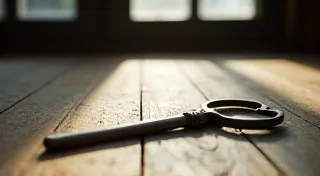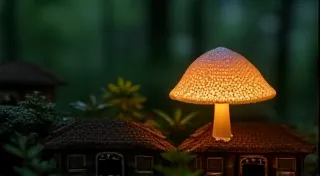The Rusting Chronicle: Repairing Lost Voices in Antique Equipment
There’s a peculiar kind of melancholy that settles upon you when you hold a piece of antique equipment. Not just the rust, the dust, the inevitable signs of time’s relentless passage – it’s the knowledge of silenced voices, of stories unfinished. I'm particularly drawn to the world of typewriters, those clattering, mechanical instruments that once dictated the flow of communication. And within that world, the humble typewriter ribbon holds a quiet, crucial role, often overlooked until it crumbles to a brittle, unusable state.
My fascination began years ago, in my grandfather’s attic. Amongst the discarded furniture and forgotten toys lay a Remington No. 3, a battleship grey behemoth that hadn’t seen use in decades. The ribbon, of course, was a fossil – a dry, cracked husk offering no echo of the words it once imprinted. It wasn't just an object; it felt like a fragment of a lost conversation, a whisper from a past I yearned to understand. That moment sparked a desire: not just to restore the typewriter, but to breathe life back into those faded traces, to unravel the stories held within the ribbons themselves.
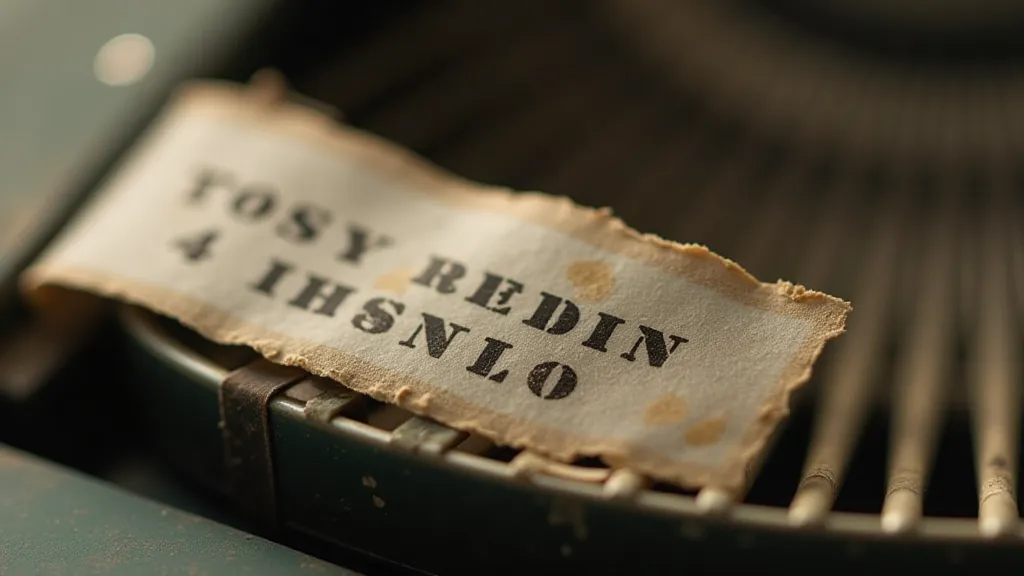
The Anatomy of a Ribbon: More Than Just Ink
Understanding the anatomy of a vintage typewriter ribbon is the first step in appreciating the intricacies of its restoration. Early ribbons were often made of a loosely woven silk fabric, saturated with oil-based inks. The silk offered a degree of absorbency, allowing the ink to transfer evenly, and the oil helped to lubricate the ribbon and prevent it from drying out too quickly. Later ribbons shifted to nylon, a more durable material, but the underlying principle remained the same: a delicate balance between fabric, ink, and lubrication.
The degradation process is complex. The silk or nylon fabric can become brittle and disintegrate, the ink can fade or bleed, and the lubricant can evaporate, leaving the ribbon dry and prone to breakage. Environmental factors – sunlight, humidity, and even the air's composition – all play a role. It’s a constant battle against entropy. It’s almost as if the ribbon itself is guarding secrets, imprints of the soul, reluctant to release its memories to the modern world.
A Gentle Touch: Assessing the Damage
Before attempting any restoration, careful assessment is essential. Don't rush the process. Lay the ribbon out on a clean, well-lit surface. Examine it under magnification if possible. Note the type of damage: is the fabric brittle, cracked, or simply faded? Is the ink smeared or bleeding? Is there evidence of mold or mildew?
Sometimes, the damage is simply too extensive to repair. In those cases, the ribbon might be best preserved as a historical artifact, carefully stored and documented. But often, with patience and the right techniques, a surprising amount can be salvaged. The narratives woven into these faded ribbons are incredibly valuable and understanding how they become ingrained can be a fascinating journey.
The Revival: Techniques for Restoration
Restoring a damaged typewriter ribbon isn's a precise science; it's an art of observation and careful experimentation. There are several techniques that can be employed, each with varying degrees of success, and the best approach depends entirely on the nature of the damage.
Rehydrating the Fabric: The most common approach is to attempt to rehydrate the fabric. This involves gently massaging the ribbon with a specialized cleaning solution – a blend of distilled water, a tiny amount of mild soap (like baby shampoo), and occasionally a trace of glycerin. The glycerin acts as a humectant, drawing moisture into the fabric and making it more pliable. This must be done extremely gently. Aggressive handling will only exacerbate the damage.
Ink Stabilization:** Faded ink is often the most disheartening aspect of ribbon degradation. There isn’t a magical way to restore lost color, but certain steps can prevent further fading. Storing the ribbon in a dark, cool environment is paramount. Some collectors have experimented with very dilute photographic fixers, but this is a risky procedure that can alter the ink's characteristics and should only be attempted by experienced restorers.
Addressing Mold & Mildew:** If mold or mildew is present, careful cleaning is essential. A solution of distilled water and isopropyl alcohol (70%) can be used to gently wipe the affected areas. Ensure the ribbon is thoroughly dried afterward, ideally in a well-ventilated space away from direct sunlight.
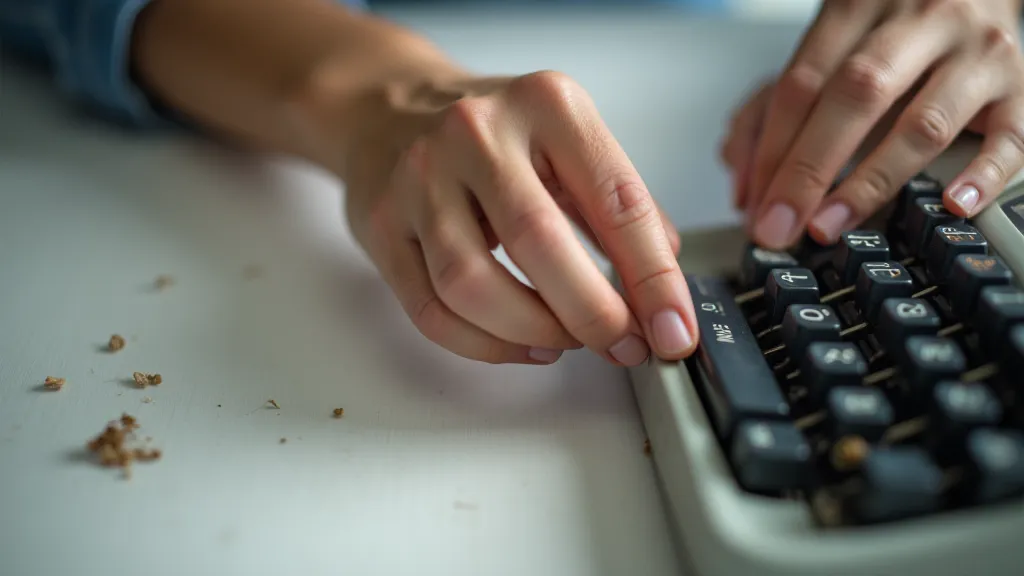
The Collector’s Perspective: Beyond the Repair
Restoring vintage typewriter ribbons isn’t just about mechanical repair; it’s about connecting with a larger narrative. Many of these ribbons have witnessed history firsthand. Think of the letters typed during wartime, the drafts of novels and poems, the legal documents that shaped lives. Each mark, each imperfection tells a story. The sheer volume of memories imprinted on these ribbons is astounding – a tapestry of human experience preserved in fragile fabric.
As a collector, I'm often asked why I focus on ribbons. It’s a simple answer: they’re the silent witnesses. The typewriter itself is a marvel of engineering, but the ribbon is the conduit – the element that translates the mechanical action into tangible words. It represents the very act of communication, of sharing ideas and emotions across time. Understanding the poetry woven into these faded relics offers a unique window into the past.
The Ongoing Preservation: A Duty to the Past
The work of restoring vintage typewriter ribbons is a continuous process, a constant battle against the inevitable forces of decay. It's a labor of love, driven by a deep appreciation for the craftsmanship of the past and a desire to preserve these fragile fragments of history for future generations. The subtle color variations, the faint traces of ink – it's all part of the story.
Beyond the simple act of preservation, lies the responsibility to understand the context – to recognize the significance of each ribbon as a historical document. Often these fragile artifacts contain messages or echoes that reveal a deeper human truth, imprints of the soul. It’s a privilege to participate in that process, to unlock the stories hidden within these remnants of a bygone era.
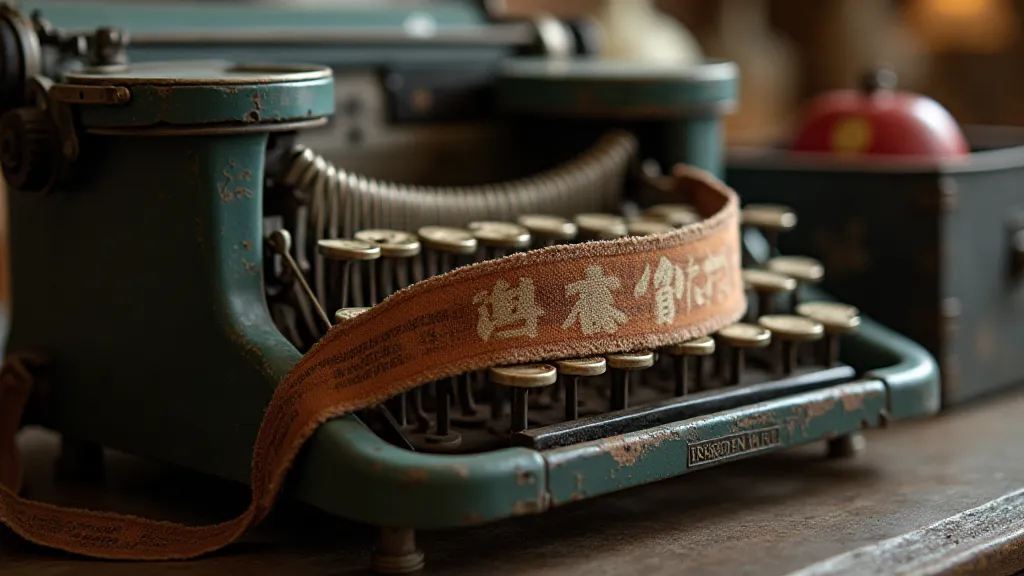
A Quiet Legacy
The world has moved on from the clatter of typewriters and the rustle of ribbons. Digital communication is instantaneous and ubiquitous. Yet, there’s a certain charm, a tactile beauty, in the physicality of these older technologies. Restoring a vintage typewriter ribbon isn't just a hobby; it's a small act of defiance against the relentless march of progress, a reminder that the past still speaks, if we only take the time to listen. It is a reminder of a time when communication required intentionality, when words were chosen carefully and commitment was reflected in the process of creation.
The fragility of these ribbons underscores the ephemeral nature of human endeavor, yet their survival – even in a degraded state – testifies to the enduring power of the stories they hold. The echoes of the past persist, waiting to be rediscovered by those willing to engage with the tangible remnants of a bygone era. It’s about more than just fixing an object; it’s about nurturing a connection to a history that continues to resonate within us.
The process of restoration allows a deeper appreciation for the skills of early ribbon manufacturers, who often employed intricate techniques to achieve the desired color and durability. These techniques, though seemingly simple, represent a deep understanding of materials and processes – a legacy that deserves to be preserved alongside the ribbons themselves.
Ultimately, the ongoing preservation of vintage typewriter ribbons serves as a potent symbol of our collective memory – a testament to the enduring human need to communicate, to create, and to leave our mark on the world. The stories they hold aren’t just confined to the faded ink; they’re woven into the very fabric of our shared heritage.
Further Exploration
If you're intrigued by the stories hidden within vintage typewriter ribbons, you might also enjoy exploring related topics. Consider learning more about The Cartographer of Echoes: Tracing the Paths of Faded Ink, which delves deeper into the artistic and historical context of these fragile objects. For a more poetic perspective, Ephemeral Echoes: The Poetry Woven into Faded Typewriter Ribbons offers a beautiful meditation on the artistry and symbolism inherent in these relics of a bygone era. And for those interested in the broader narrative surrounding these artifacts, Imprints of the Soul: Understanding the Stories Held Within Ribbons presents a compelling exploration of the human experiences captured within these fading vestiges of the past. Finally, for an appreciation of the artistry of color and the materials themselves, you may like exploring Chromatic Reverie: A Painter's Palette in the Realm of Ribbons.


